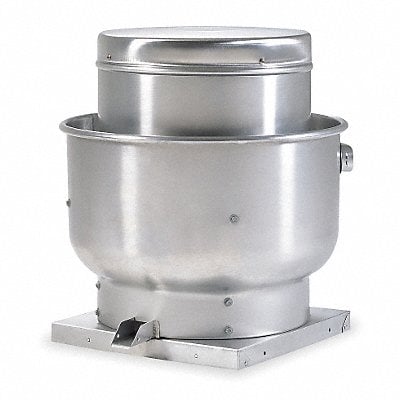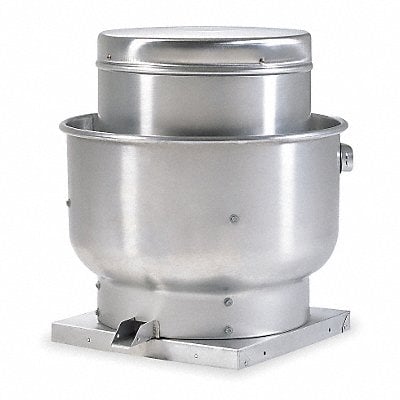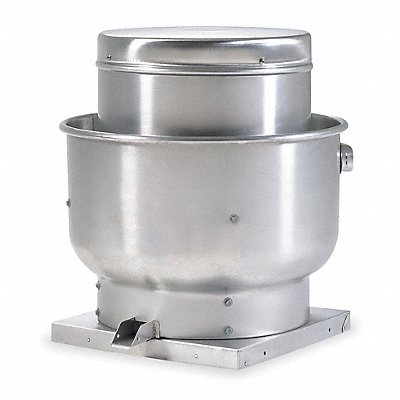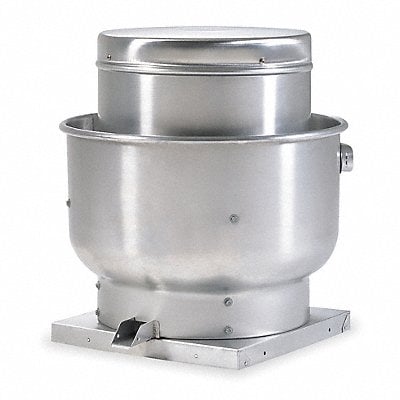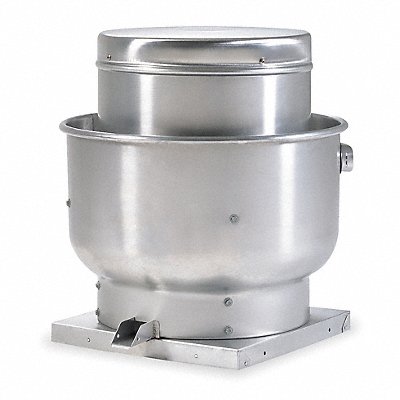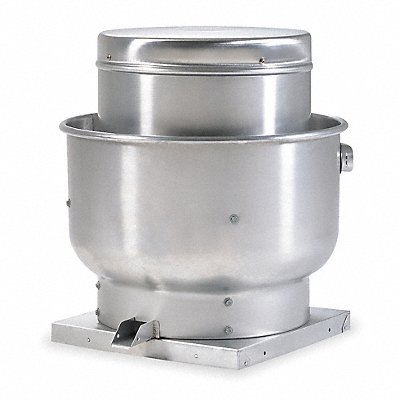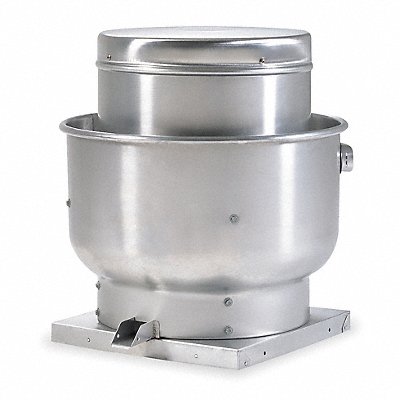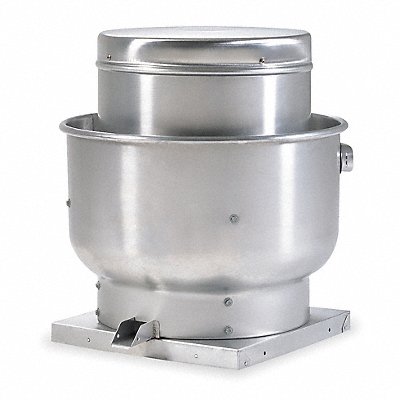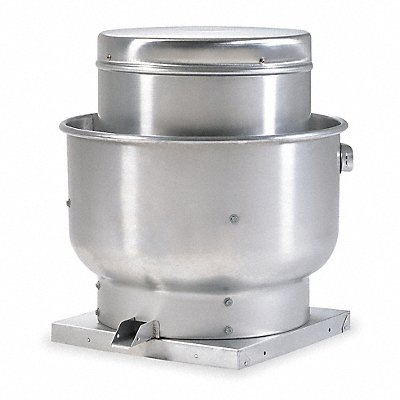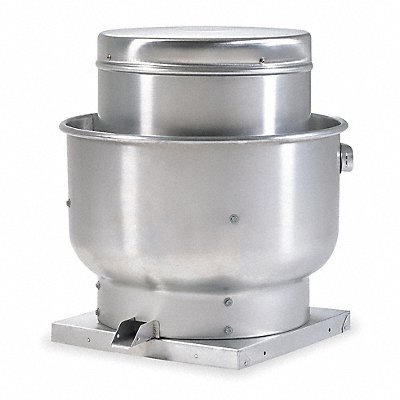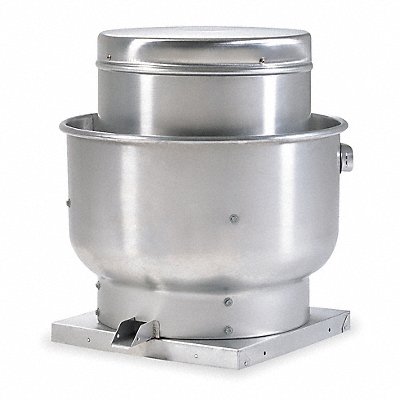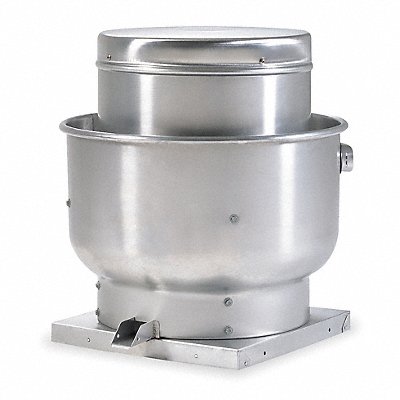Centrifugal Upblast Roof Exhaust Fans with Motor: Characteristics, Applications, and Replacement Indications
Introduction
Centrifugal Upblast Roof Exhaust Fans with Motor play a pivotal role in maintaining optimal ventilation and air quality in various settings. This comprehensive guide delves into the top 10 characteristics, applications, typical lifespan, and signs of replacement for Centrifugal Upblast Roof Exhaust Fans with Motor.
Top 10 Characteristics of Centrifugal Upblast Roof Exhaust Fans with Motor:
1. Efficient Air Displacement
Centrifugal Upblast Roof Exhaust Fans effectively displace air to ensure proper ventilation.
2. Sturdy Construction
These fans are constructed with durable materials to withstand outdoor elements and demanding conditions.
3. Optimized Airflow
Centrifugal fans are engineered to deliver airflow efficiently and uniformly within various ventilation systems.
4. Variable Fan Speed
Many models offer adjustable fan speeds to cater to changing ventilation requirements.
5. Direct Drive Motors
Direct drive motors eliminate the need for belts and pulleys, reducing maintenance demands.
6. Corrosion Resistance
Many Centrifugal fans feature corrosion-resistant coatings to extend their operational lifespan.
7. Low Noise Emission
Efficient blade design and motor operation contribute to quieter fan performance.
8. Energy-Efficient Design
Centrifugal fans are designed with energy efficiency in mind, leading to reduced operational costs.
9. Simplified Installation
Many models come with user-friendly installation features, saving time and effort.
10. Optimal Airflow Direction
Upblast configuration ensures effective expulsion of air and pollutants upward from the structure.
Top 10 Applications of Centrifugal Upblast Roof Exhaust Fans with Motor:
1. Commercial Kitchens
These fans excel at extracting heat, smoke, and cooking odors from commercial kitchens.
2. Industrial Facilities
Centrifugal fans maintain air quality and ventilation in diverse industrial environments.
3. Warehouse Ventilation
Efficient airflow management enhances air circulation and employee comfort in warehouses.
4. Manufacturing Plants
These fans aid in removing fumes, dust, and contaminants from manufacturing areas.
5. Improved Indoor Air Quality
Centrifugal fans enhance indoor air quality by expelling stale or contaminated air.
6. Laboratory Settings
These fans play a crucial role in maintaining controlled environments and safe air quality in laboratories.
7. Retail Environments
Effective ventilation ensures customer comfort in retail spaces, such as malls and stores.
8. Commercial Buildings
Centrifugal fans enhance overall air circulation in office buildings and public areas.
9. Educational Institutions
Effective ventilation supports a healthy learning environment in schools and universities.
10. Healthcare Facilities
Centrifugal fans contribute to maintaining sterile environments and proper air circulation in hospitals.
Typical Lifespan of Centrifugal Upblast Roof Exhaust Fans with Motor:
The lifespan of Centrifugal Upblast Roof Exhaust Fans with Motor varies based on usage, maintenance, and operating conditions. Regular maintenance can extend their operational life to between 15 to 25 years, ensuring consistent ventilation and air quality control.
Top 10 Symptoms Indicating Replacement of Centrifugal Upblast Roof Exhaust Fans with Motor:
1. Reduced Airflow
Diminished airflow indicates potential wear or malfunction within the fan's components.
2. Unusual Noise
Unusual noise during operation suggests worn-out or misaligned parts that need attention.
3. Motor Overheating
Frequent motor overheating could indicate fan motor issues and the need for replacement.
4. Vibration
Increased vibrations or shaking during operation might signify potential motor imbalance.
5. Inconsistent Performance
Fluctuations in fan speed or airflow suggest possible fan motor malfunction.
6. Motor Strain
Fan motor struggling to maintain consistent speed may point to internal issues.
7. Higher Energy Consumption
Significant energy consumption increase without higher ventilation load might signal inefficiency.
8. Inadequate Airflow
Fan unable to maintain required airflow levels indicates malfunction or obstruction.
9. Motor Hesitation
Delayed motor start or hesitation during operation may indicate motor wear.
10. Corrosion and Rust
Visible corrosion or rust on fan components necessitates replacement.
Summary
Centrifugal Upblast Roof Exhaust Fans with Motor are essential for maintaining optimal ventilation and air quality across various environments. By understanding their characteristics, applications, typical lifespan, and replacement indications, users can ensure efficient airflow and dependable performance.
Product Recommendations:


